COVID-19 testing is confusing. What you need to know now.
By Helene M. Epstein
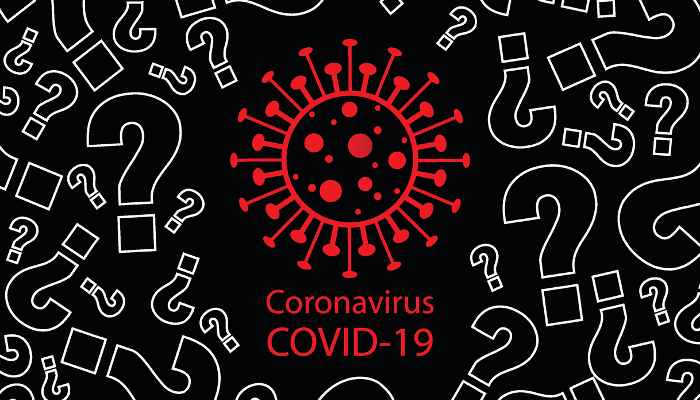
The world’s been turned upside down due to COVID-19. Any virus can be a complicated creature, especially when a new one pops up. And because medical experts are learning as they go, and sharing what they learn with the rest of us, it can sometimes feel like we’re standing on shifting sands as the tide is rising.
It’s also not easy to develop tests for a new virus while scientists are still studying the basics of how it’s transmitted and what it does to our bodies. COVID-19 has been particularly difficult to nail down because it doesn’t behave like other known coronaviruses. While they differ greatly in essential ways, from a patient’s point-of-view there are similarities with HIV/AIDS in the 1980s. That was the last virus in the USA to receive the same level of concern and confusion, as it spread before we understood what it was, how it worked, how to test for it and treat it. Some of you may recall the misunderstandings, the anger, and the despair it caused. Today, AIDS is easy to diagnose and –– while it isn’t yet curable –– we are clear on prevention and treatment.
Both will happen with COVID-19, and far more quickly than they did with HIV/AIDS. In fact, it’s unprecedented how rapidly and successfully the world’s medical communities have attacked the problem.
Which leaves us with a different issue, an overwhelming number of testing choices. The list of tests and manufacturers is proliferating. There are currently over 150 COVID-19 tests made by different manufacturers with a wide range of reliability and accuracy.
So, if you’re concerned you might have COVID-19 or have been exposed to it, or you’ve been asked to get tested by your work or school, here are answers to your questions about how to get the right test and the correct diagnosis.
The Society to Improve Diagnosis in Medicine (SIDM) catalyzes and leads change to improve diagnosis and eliminate harm from diagnostic error. We work in partnership with patients, their families, the healthcare community, and every interested stakeholder. SIDM is the only organization focused solely on the problem of diagnostic error and improving the accuracy and timeliness of diagnosis. In 2015, SIDM established the Coalition to Improve Diagnosis, to increase awareness and actions that improve diagnosis. Members of the Coalition represent hundreds of thousands of healthcare providers and patients—and the leading health organizations and government agencies involved in patient care. Together, we work to find solutions that enhance diagnostic safety and quality, reduce harm, and ultimately, ensure better health outcomes for patients. Visit our website at www.improvediagnosis.org, and follow us on Twitter or Facebook.
Helene M. Epstein writes about patient safety and family health. Her goal is to help readers apply important new information to their own lives. Subscribe to her website at www.hmepstein.com and follow her on Twitter, Facebook, and YouTube.
Dx IQ is made possible with funding from the Mont Fund and the Gordon and Betty Moore Foundation.

This work is licensed under a Creative Commons Attribution-NonCommercial-NoDerivatives 4.0 International License.
Republish our Dx IQ articles for free, online or in print, under Creative Commons license. Please do not edit the piece. Ensure that you attribute the author and mention that the article was originally published by the Society to Improve Diagnosis in Medicine. If you republish, we’d love for you to let us know by sending an email to info@improvediagnosis.org.
Resources for Patients
At SIDM, we are focused on raising awareness about the magnitude and impact of diagnostic errors as providing tools and resources to equip patients to participate in achieving an accurate and timely diagnosis.


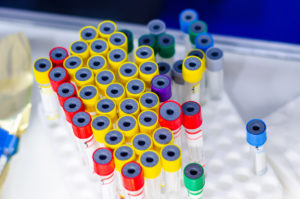 It’s a bit like the Wild West out there. Originally, test development was tightly controlled by the government but their first diagnostic test wasn’t reliable. That’s why they opened the door to research labs who could prove that their test met the FDA’s standards.
It’s a bit like the Wild West out there. Originally, test development was tightly controlled by the government but their first diagnostic test wasn’t reliable. That’s why they opened the door to research labs who could prove that their test met the FDA’s standards.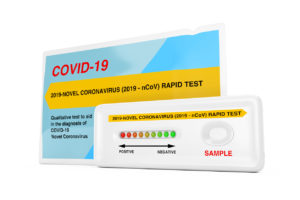 There are four ways to collect samples for a molecular test:
There are four ways to collect samples for a molecular test: 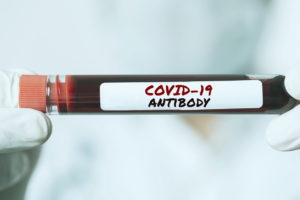 f you’re one of the lucky people to get a mild form of COVID-19, or you think you had it but aren’t sure, you might want to get an antibody/serology test. These tests look for antibodies to the virus. Antibodies are your body’s defense system. The presence of antibodies in your blood might mean you have some immunity to getting it again.
f you’re one of the lucky people to get a mild form of COVID-19, or you think you had it but aren’t sure, you might want to get an antibody/serology test. These tests look for antibodies to the virus. Antibodies are your body’s defense system. The presence of antibodies in your blood might mean you have some immunity to getting it again.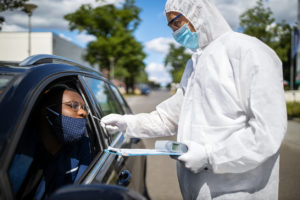 There are many types of locations now serving as COVID-19 testing sites: from your doctor’s office, labs or medical buildings, to school gymnasiums and parking lots,
There are many types of locations now serving as COVID-19 testing sites: from your doctor’s office, labs or medical buildings, to school gymnasiums and parking lots,  A mid-level nasal (mid-nasal turbinate) swab test takes samples from your nostrils, which are easier to reach. Note that because it is dependent on getting a good sample, this test may be less dependable than the deep-nasal swab test performed by a lab technician. If you think you have COVID-19 and you get a negative result from this test, you may need to get tested again.
A mid-level nasal (mid-nasal turbinate) swab test takes samples from your nostrils, which are easier to reach. Note that because it is dependent on getting a good sample, this test may be less dependable than the deep-nasal swab test performed by a lab technician. If you think you have COVID-19 and you get a negative result from this test, you may need to get tested again.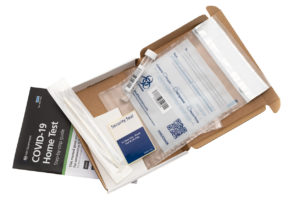
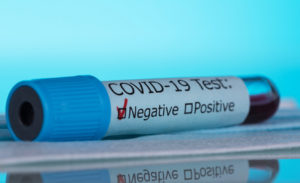 “What do I do if my test is negative?” A negative test means that you probably didn’t catch COVID-19 before you were tested. It doesn’t mean you can celebrate or stop social distancing or that you’re immune to catching it the same day. Some tests have a high false negative rate –– meaning a high percent of test results indicate you don’t have COVID-19 when you do. That’s why caution is still recommended, especially if you have symptoms or were exposed. Until your symptoms subside, assume you have it and self-quarantine. Meanwhile, everyone, continue to wear a protective mask over your nose and mouth whenever you leave the house, try not to touch your face, and wash your hands frequently with soap and hot water. Until an effective vaccine or treatment is available widely, stay safe!
“What do I do if my test is negative?” A negative test means that you probably didn’t catch COVID-19 before you were tested. It doesn’t mean you can celebrate or stop social distancing or that you’re immune to catching it the same day. Some tests have a high false negative rate –– meaning a high percent of test results indicate you don’t have COVID-19 when you do. That’s why caution is still recommended, especially if you have symptoms or were exposed. Until your symptoms subside, assume you have it and self-quarantine. Meanwhile, everyone, continue to wear a protective mask over your nose and mouth whenever you leave the house, try not to touch your face, and wash your hands frequently with soap and hot water. Until an effective vaccine or treatment is available widely, stay safe!